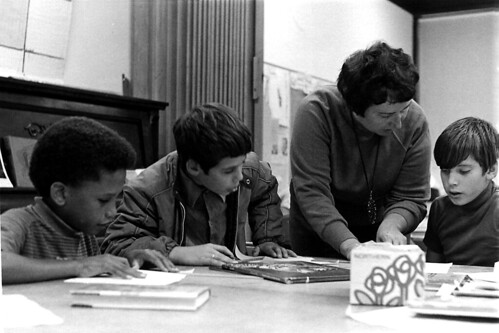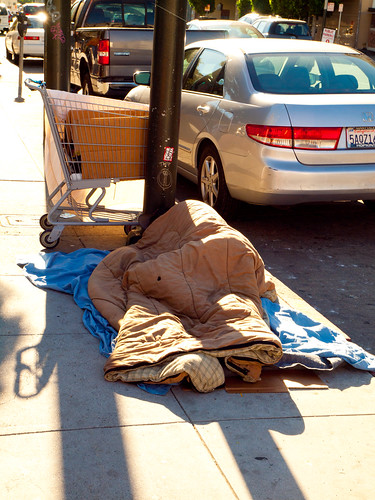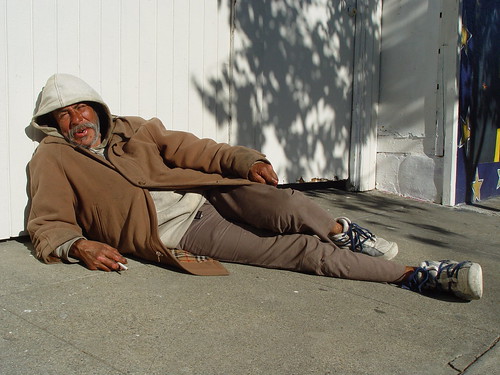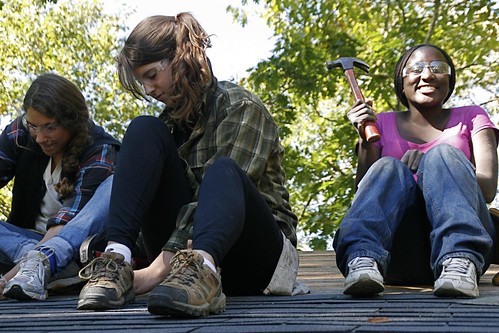
Individuals
under the age of eighteen who are not under parental, institutional or foster
care are considered homeless. Another name for these young people is
“unaccompanied” youth. In 2002, the Office of Juvenile Justice and Delinquency
Prevention reported that there was 1,682,900 homeless and runaway youth in
America. According to the National Alliance to End Homelessness,
five to seven percent of American young people become homeless each year.
Reasons for Homelessness
Many
youth leave home because of family conflict, economic struggles, or residential
instability. Some youth are abused physically, live with an addicted parent or
family member or are the victim of neglect. The main reason why most youth
leave home is due to disruptive family conditions. Families who suffer
financial hardship or job loss may end up homeless with their children.
Life on the Street for Homeless
Youth
Homeless
shelters have a limited supply of beds for youth, because of this; many youth are
not housed in shelters. It is exceedingly difficult for homeless youth to
secure employment because they are under age and lack the skills necessary to
seek out work. Because of this, it is a struggle for these children to even
meet their basic needs such as food and clothing. Many youth turn, in
desperation, to prostitution, drugs or stealing in order to survive. AIDS and
HIV-related illnesses are high amongst homeless youth who are often
malnourished. Homeless youth often suffer with depression, low self-esteem,
anxiety or depression because of their homeless situation. It is very hard for
homeless youth to go to school because they need legal guardianship, a home
address, records and transportation.
Effective Homeless Youth Programs
First
and foremost, it is imperative that child welfare pull out all the stops to be
sure that children do not end up on the streets. Homeless youth need programs
that address their basic needs of shelter, health, education, job training and
employment. Each year social service programs provide services and support to
over 5,000 runaway and homeless youth. Homeless children do not know how to
manage their life or circumstances and are not in a position to return to their
old life where they may have been neglected, abused or abandoned.
Most
youth have no idea how to manage their lives and cannot return to their old
lives where they may have been the victim of neglect, family conflict or
abandonment. They need training and support in order to become independent.
Many of these kids do not have a high school diploma and will have to work to
support themselves. If they want to go to college, they will need assistance
filling out forms, visiting schools and making program decisions. Homeless
youth also require sound role models who can steer them in the right direction
and keep them from falling into dangerous lifestyles. Transitional living
programs require continued support in order to help youth to figure out what
they want to do with their lives and assist them in formulating a plan to
achieve their goals.
About the Author: Susan Patterson is a freelance writer who writes for a number of
social service sites. Her most recent article covered the ways that social service software can be used to
enhance social service programs.











